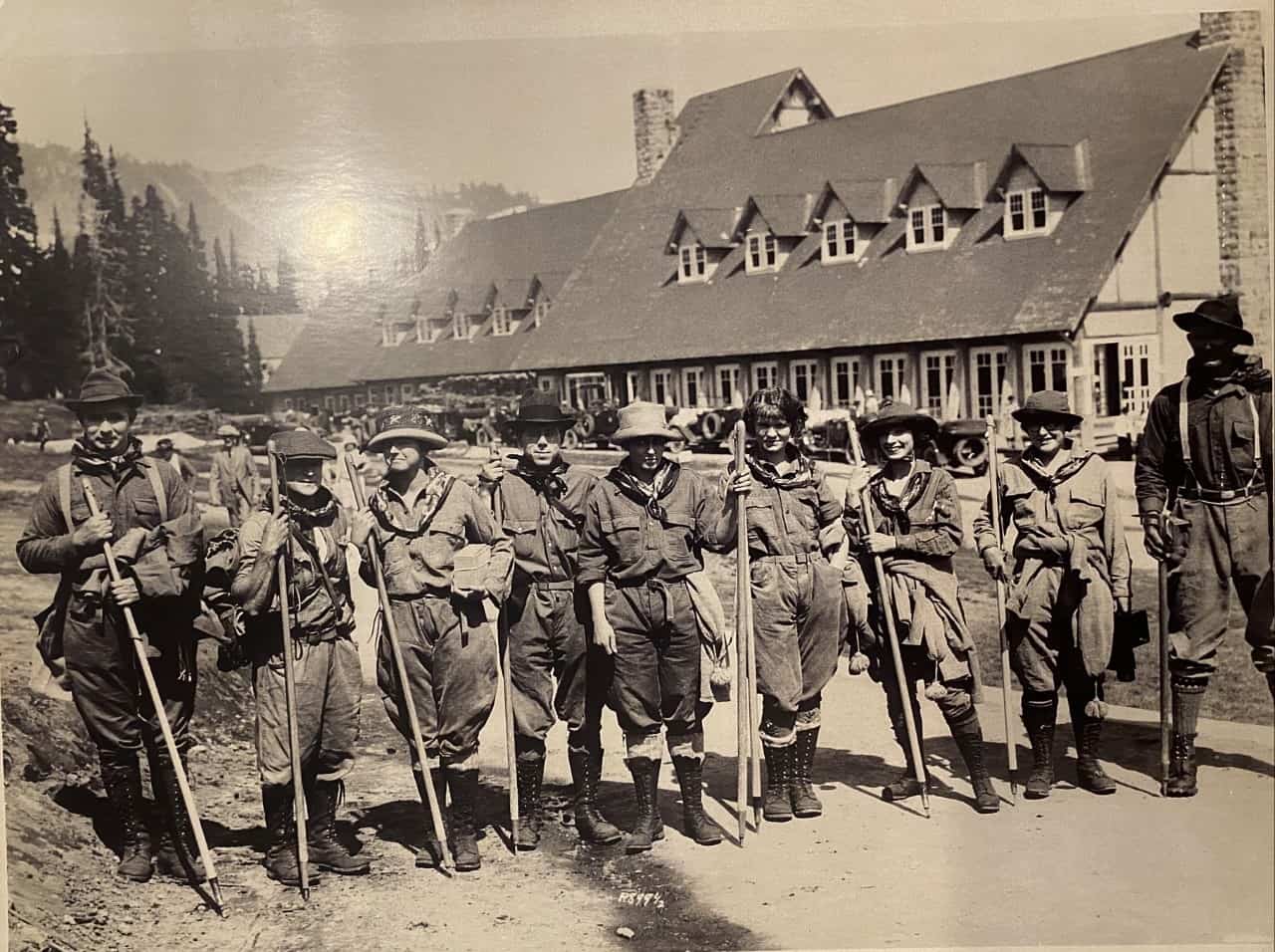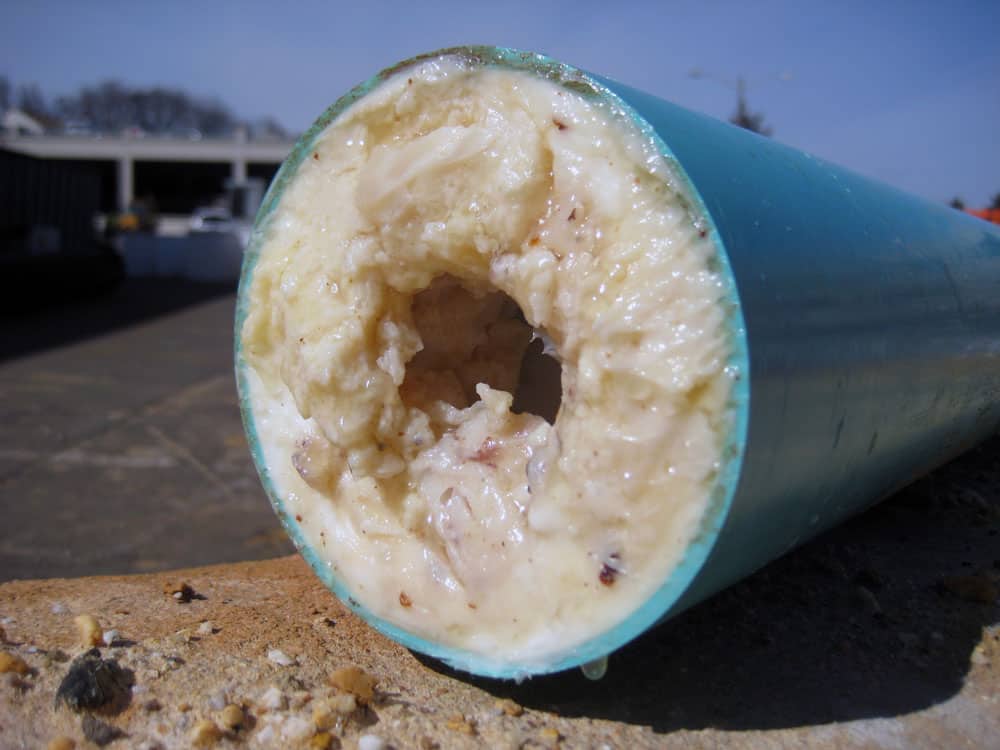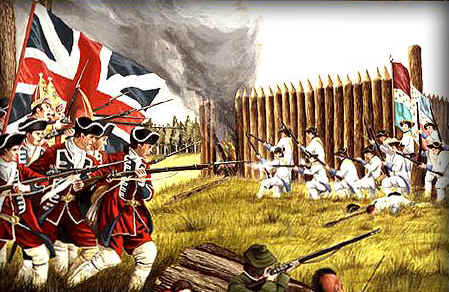
Since I was young, I’ve always had a love for the outdoors. Most of my childhood was spent running around in the woods and finding new places to explore. As I got older, my focus has gone to long distance hiking and mountain climbing. And I’ve always attributed that interest to the family stories I heard about how my great grandmother climbed Mt. Ranier in 1923. It seems crazy to think that she summited a mountain that high without all the fancy, ultra-light, high performance gear I use today. And it always made me wonder what her life was like that allowed her, at 26 years old, to travel to Washington state from her hometown of St. Paul Minnesota to undertake a serious mountain climb (even by today’s standards). I’ve summited a handful of mountains in Oregon and Washington, even a couple almost a tall as Ranier, but Ranier is still on my bucket list. Maybe I’ll attempt it on the 100th anniversary of Great Grandma Gert’s climb.
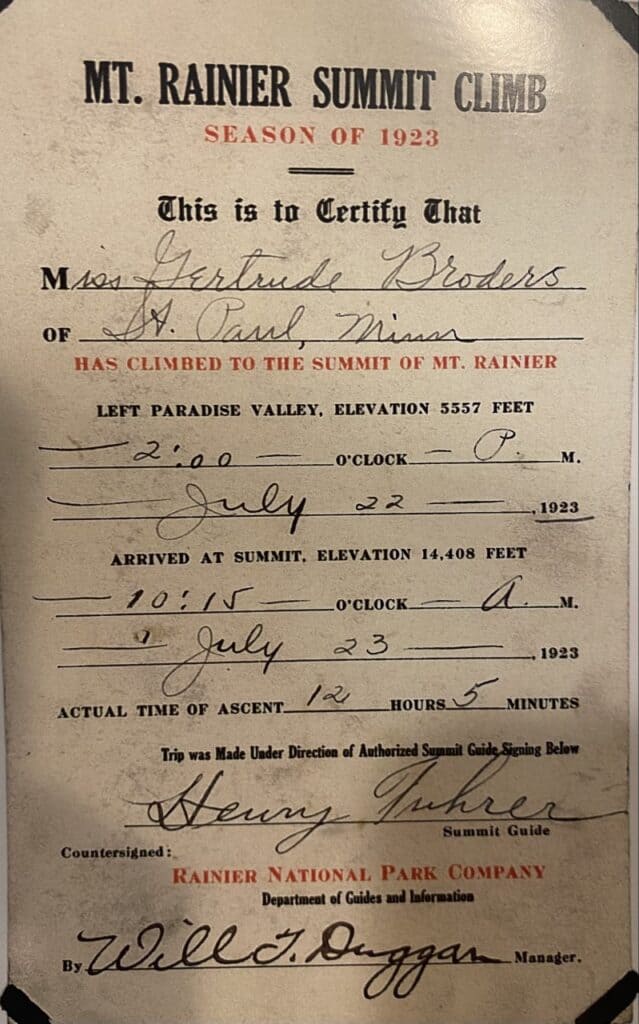
I wish I knew more about her life in the next 17 years but I do know that by 1940 she had, settled back in St. Paul, married my Great Grandfather and had a three year old daughter, my grandmother. What I didn’t know was that the house that they lived in was only six blocks away from the house that my Grandpa grew up in. Through the 1940 census maps I was able to locate both addresses that are no longer valid and found that the my grandparents lived in the same neighborhood when they were 4 and 3 years old.

Both families lived in the lower westside of St. Paul which was inhabited primarily by laborers, salaried employees, and merchants. It was classified as “Definitely Declining” as property values had depreciated in the years between 1929 and 1933 and had not recovered. However, it was a favorable area for laborers as it was immediately adjacent to the industrial district and the downtown.
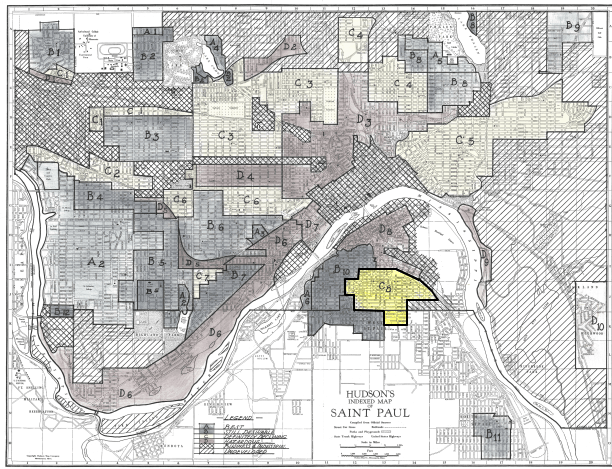
My Great Grandfather (on my grandmother’s side) would most likely have been one of those workers who enjoyed the proximity to the industrial and downtown areas as he was an accountant for the railroad company. He made $1920 that year which is equivalent to $35,688 today and was more than about 75% of households in this area. In addition to his wife and daughter, his in-laws lived in the house in their later years after emigrating from Germany many years earlier.
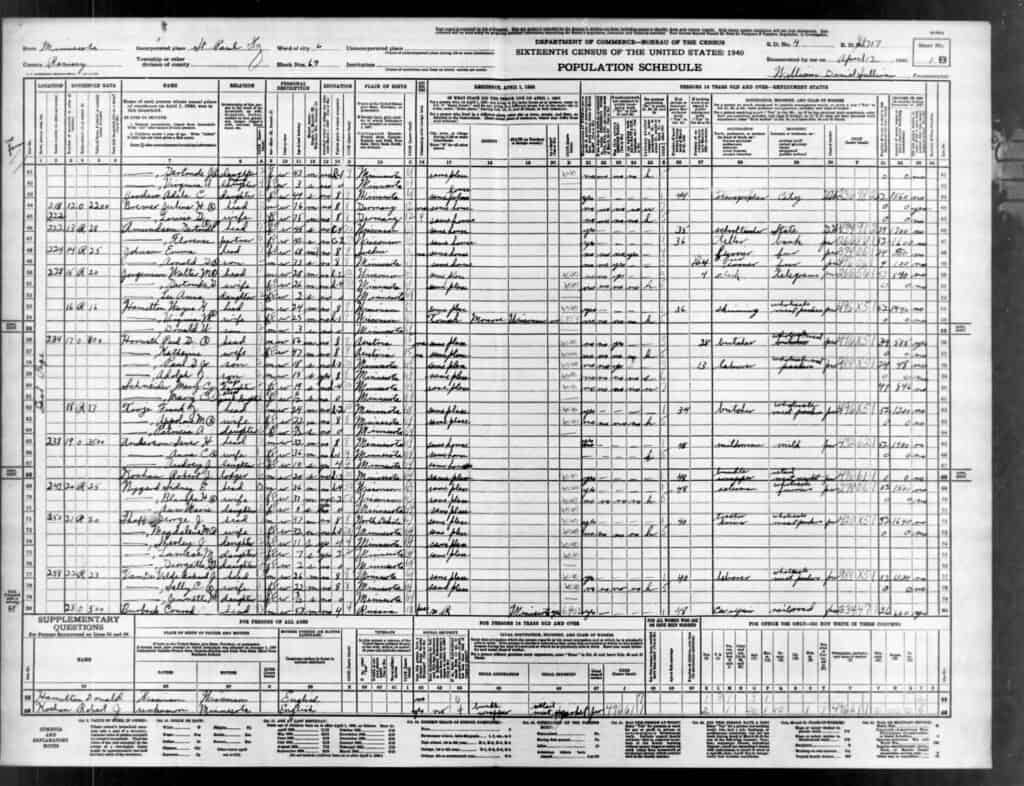
The census description of this district is pretty accurate since my other Great Grandpa (on my grandfather’s side) was a lineman for the telephone company and would most likely have enjoyed the proximity to the industrial and Downton areas that this neighborhood provided. He made $2400 that year which is equivalent to $44,610 today and near the top earnings in the area. I would assume that my grandfather’s family lived slightly better than my grandmother’s at this time because of this and considering there was one less person in their household. But overall, both families were in very similar situations and areas and I suppose that’s why they met and why I’m here today.

So the census data can tell me how my grandparents families lived in 1940 and the mountain climbing photos can give me a glimpse into my great grandmother’s younger years but I think I’ll need to spend some more time talking to my grandmother to Geta picture of what Gertrude Broder’ life was like that led her to Mt. Ranier and maybe other adventures in the years that followed. What I can take away from this is that both of my grandparents were born into middle class families and one of their mother’s even had the means to travel across the country for adventure. And that the families they were born into gave them the foundation to be able to move across the country almost 30 years later to the Pacific Northwest where their grandson would be a lot closer to the mountain he hopes to climb someday.

